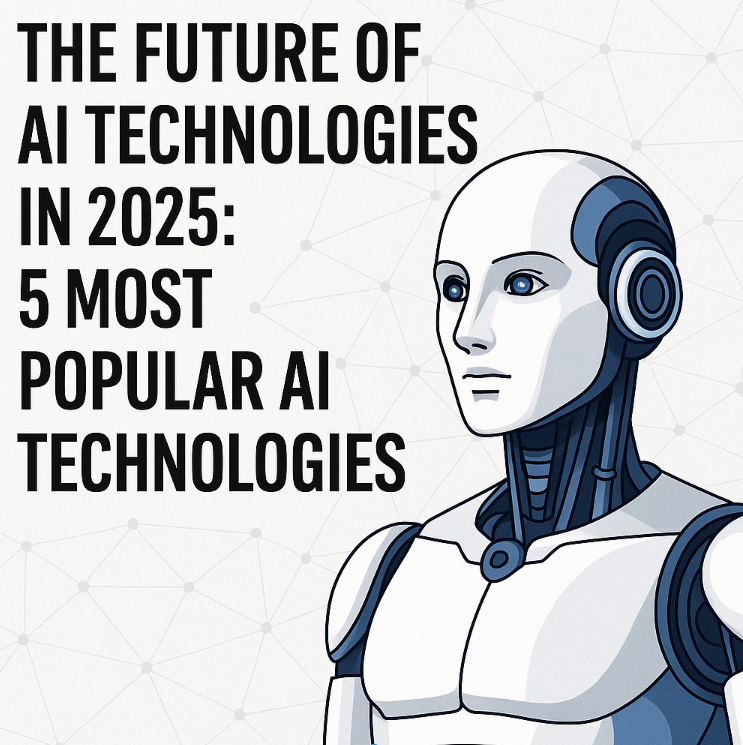2025 AI tools”
AI Tools Shaping the Future
The 2025 AI tools are taking the tech world by storm this year.
Intro Paragraph:
Artificial intelligence technologies continue to evolve rapidly, and 2025 looks like a breakthrough year with exciting new tools. In this article, we’ve listed the top 5 AI tools you absolutely must try in 2025.
🔹 1. chatgpt 5 (openaı) – the leadıng AI Tool of 2025
he newest GPT-5 model makes a huge leap in natural language processing. It’s more creative, more fluent, and supports many languages. Perfect for bloggers, email marketers, coders, and anyone looking to write smartly and efficiently.
✅ Use Cases: Content creation, customer support, e-commerce, education
🔹 2. MidJourney V6
One of the most advanced AI tools in visual generation. The 2025 version now creates hyper-realistic portraits, concept art, and even brand visuals.
✅ Use Cases: Social media, advertising, NFTs, artistic projects
🔹 3. Claude 3 (Anthropic)
Claude, developed by OpenAI’s rival Anthropic, stands out with its long-text analysis and data privacy focus. It’s a top choice for secure and accurate AI use.
✅ Use Cases: Finance, law, academic research
🔹 4. Runway ML Gen-3
AI video editing at its best! Runway Gen-3 lets even amateurs produce professional-looking videos. Ideal for influencers and marketers.
✅ Use Cases: Video editing, storytelling, content creation
🔹 5. Perplexity AI
A cutting-edge AI search engine. It gives fast, direct, and accurate results from reliable sources. With an advanced chatbot interface, it’s a serious rival to Google.
✅ Use Cases: Research, blogging, students, daily queries
How AI Tools Have Evolved Over Time
AI tools have evolved tremendously over the years, becoming increasingly powerful and capable of performing a variety of tasks. From simple automation to complex problem-solving, AI technologies have come a long way. Here’s a brief overview of how AI tools have developed:
1. The Early Days of AI:
In the beginning, AI tools were limited to basic tasks like calculations, data entry, and rule-based decision-making. These early AI systems relied heavily on pre-programmed rules and lacked the ability to learn from data. The first AI tools were primarily designed to solve mathematical and logical problems.
2. The Rise of Machine Learning (ML):
In the 1990s and 2000s, machine learning emerged as a key development in the AI field. Unlike traditional AI, ML algorithms could “learn” from data and improve over time. This gave birth to more advanced tools that could analyze large datasets and make predictions without explicit programming.
3. Deep Learning and Neural Networks:
In the 2010s, deep learning took center stage. Deep neural networks, modeled after the human brain, enabled machines to perform more complex tasks such as image recognition, speech processing, and natural language understanding. Tools like Google’s DeepMind and OpenAI’s GPT series showcased the true power of deep learning.
4. Natural Language Processing (NLP):
As AI began to better understand human language, NLP became one of the most important areas of research. Today, tools like GPT-3 and BERT are capable of understanding and generating human-like text, making them useful for a variety of applications including chatbots, content creation, and customer service.
5. The Future of AI:
With tools like ChatGPT, Midjourney, and others leading the charge, the future of AI is all about real-time learning, human-like interactions, and solving complex global challenges. As we look to the future, AI technologies are becoming increasingly integrated into our daily lives, revolutionizing everything from healthcare to entertainment.

